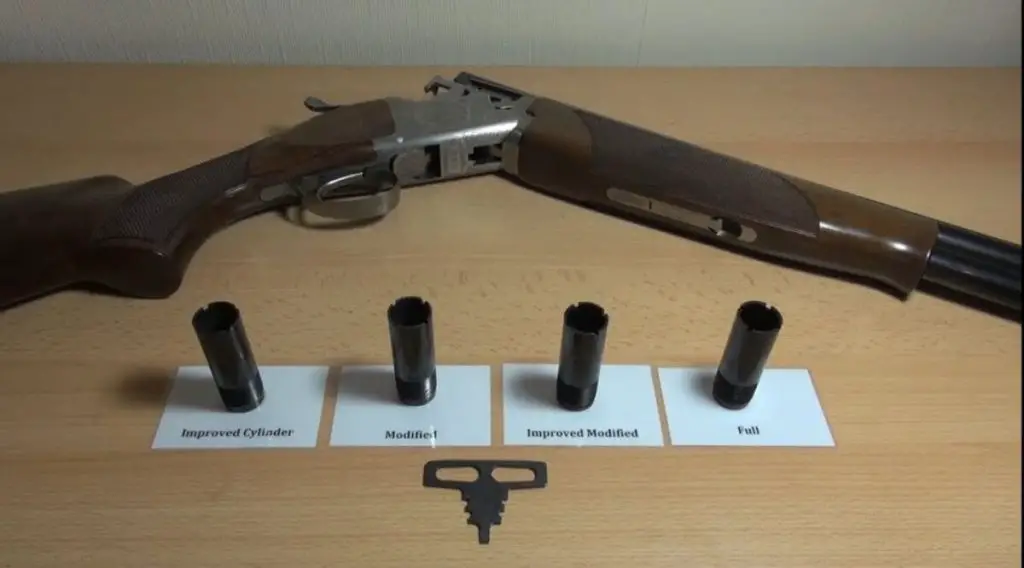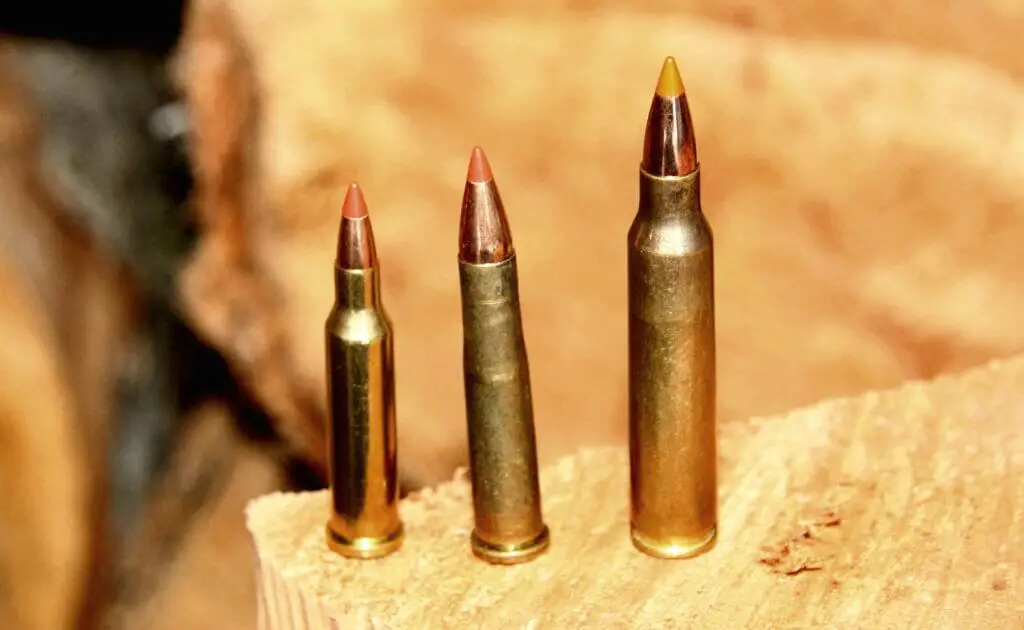Unleashing the power of modern shotguns, the Remington V3 takes pride in being an epitome of the perfect design and exceptional functionality. A synthesis of exquisite craftsmanship and cutting-edge technology, it draws countless shooters worldwide becoming an integral part of their arsenal. However, as with any complex tool, its use might come coupled with some roadblocks and issues. It’s important to understand these Remington V3 problems that could affect your hunting experiences and how to resolve them efficiently. Herein we’ll delve into potential issues, their triggers, and offer solutions to keep your shotgun in impeccable condition.
Difficulty in Cycling Low-Recoil Shells
Problem
One common problem faced by some Remington V3 owners is difficulty in cycling low-recoil shells. Certain users have reported that the shotgun fails to properly eject these types of shells, leading to interruptions during their shooting drills or hunting trips.
Solution
First, it’s essential to establish that this is not an inherent defect in all V3 models. The causes could be as diverse as irregular maintenance routines, foreign elements in the chamber, or specific brands of low-recoil shells. As a first step, reassess your cleaning schedule. A meticulously cleaned shotgun often functions flawlessly. Here’s the step-by-step guide to clean your gun:
- Start by ensuring your shotgun is unloaded.
- Detach the barrel from the receiver.
- Use a clean, slightly damp cloth to wipe down the external components.
- With a shotgun cleaning rod, mop, and suitable solvent, clean the barrel internally.
- Pay attention to the chamber and recoil system, cleaning them carefully without causing damage.
- After cleaning, ensure all components are dry and then lubricate moving parts.
- Last, reassemble and perform a function check.
If cleaning doesn’t solve the problem, you might want to try different brands of low-recoil shells until you find one that your Remington V3 cycles most effectively.
Screws Coming Loose During Use
Problem
Another issue affecting some Remington V3 users is a tendency for screws to come loose while the shotgun is in use – specifically the trigger assembly screws and receiver screws. If not fixed, this could lead to serious malfunctions over time.
Solution
Keeping your eye on any signs of screws becoming loose and addressing them promptly can mitigate this issue:
- Regularly check and tighten the trigger assembly and receiver screws, especially after prolonged use.
- If screws regularly loosen, apply a thread-locking compound. This acts as a sealant, preventing them from loosening due to vibrations or jostling.
- If issue persists, consider contacting a professional gunsmith or Remington’s customer support for further assistance.
Issues with Aftermarket Accessories
Problem
Users looking to personalize their V3 shotguns with aftermarket accessories occasionally run into troubles. Certain accessories may not fit correctly, leading to unforeseen Remington V3 problems.
Solution
- Before purchasing any accessories, thoroughly research to ensure compatibility with the Remington V3.
- Seek advice from other users or experts with experience using similar accessories.
- Sometimes issues arise from incorrect installation, so double-check any fitting instructions.
- If all else fails, professional gunsmiths or the manufacturer’s customer support can provide valuable advice.
Problematic Synthetic Forend
Problem
Some users have reported a rather slippery forend which can make the gun difficult to grip, especially in wet conditions.
Solution
To overcome this issue, consider applying grip tape to the forend of the shotgun. It can significantly enhance grip, ensuring stability during shooting. Alternatively, you can replace it with aftermarket forends designed to improve grip.
Wrapping Up
While the Remington V3 is an efficient machine, occasional problems might dim its luster. Understanding these issues and arming yourself with knowledge on how to solve them can make all the difference in your shooting experience. As a final note, it’s crucial to remember no solution fits all problems. If in doubt, always consult with the manufacturer or a professional gunsmith. After all, the goal is not just fixing the current problem but also preventing potential future ones.
Frequently Asked Questions
1. What is the difference between the Remington Versa Max and the V3?
The Remington Versa Max and V3 are both semi-automatic shotguns, but they have some key design differences. The Versa Max utilizes a gas system to manage recoil, while the V3 utilizes the VersaPort gas system. The V3 also has a smaller, sleeker design compared to the Versa Max, making it lighter and more maneuverable.
2. Is Remington making the V3?
Yes, Remington Arms Company is producing the V3 shotgun. Introduced in 2015, the V3 is a popular choice among shotgun enthusiasts due to its reliable performance, innovative design, and affordability.
3. What is the Remington V3 receiver made of?
The Remington V3 receiver is made from high-strength aluminum alloy, specifically designed to provide durability and lightweight construction. This material ensures the longevity of the shotgun while maintaining a manageable weight.
4. When was the Remington V3 made?
The Remington V3 shotgun was first introduced in 2015. It was developed as an improvement over previous models, aiming to offer smoother operation, reduced recoil, and increased reliability.
Additional frequently asked questions on Remington V3 problems:
5. What are some common problems reported with the Remington V3?
Some common problems reported with the Remington V3 include occasional feeding malfunctions, cycling issues with lighter loads, and inconsistent ejection. It is important to note that these issues may vary among individual firearms, and Remington has been responsive in providing solutions.
6. How can I address feeding malfunctions with my Remington V3?
If you experience feeding malfunctions with your Remington V3, it is recommended to check the magazine tube, spring, and follower for any debris or obstructions. Cleaning and ensuring their proper alignment can help resolve feeding issues. Additionally, using high-quality ammunition that meets Remington’s recommended specifications can enhance feeding reliability.
7. Why does my Remington V3 have cycling issues with lighter loads?
The Remington V3 shotgun, like many semi-automatic firearms, is optimized for reliable cycling with standard or heavier loads. Lighter loads, such as low-recoil or target loads, may not generate enough gas pressure to reliably cycle the action. Consider using loads that fall within the recommended specifications outlined by Remington to address this issue.
8. What can I do if my Remington V3 has inconsistent ejection?
Inconsistent ejection can occur in some Remington V3 shotguns, but several factors may contribute to it. By verifying that the firearm is properly cleaned, lubricated, and assembled, you can help ensure consistent ejection. Experimenting with different types of ammunition and adjusting the gas system can also improve ejection reliability.
9. What should I do if I encounter persistent problems with my Remington V3?
If you are experiencing persistent issues with your Remington V3 shotgun, it is recommended to contact Remington’s customer service. They have knowledgeable representatives who can provide specific guidance, recommend authorized service centers, or offer assistance in resolving the problem.
10. Are there any known recalls or fixes for the Remington V3?
As of the latest information available, there have been no official recalls issued for the Remington V3 shotgun. However, Remington has made continuous improvements based on customer feedback since its initial release. They have also addressed some reported issues by offering updated parts or providing assistance through their customer service channels.
- How to Put a Scope on a Mosin Infantry in Tarkov: A Quick Guide - November 7, 2024
- How to Edit a Scope Box in Revit: A Step-by-Step Guide - November 6, 2024
- How to Put a Scope on Mosin Tarkov: Expert Tips for Gamers - November 6, 2024


